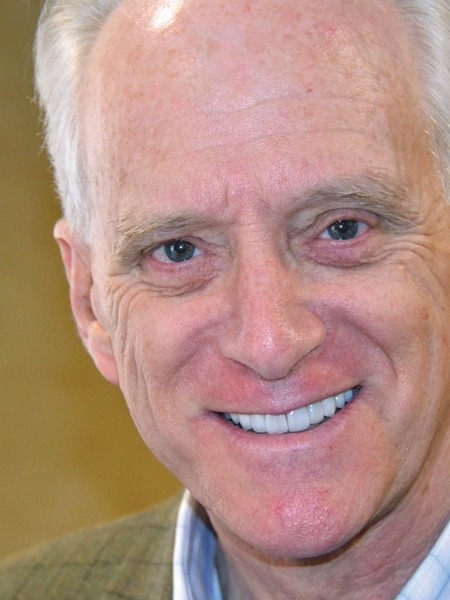Henry Heines ’67 combined his past career in chemical engineering with his second act as a patent lawyer in a way that may help MIT inventors. His most recent book, First to File: Patents for Today’s Scientists and Engineers, explains the impact of the 2013 America Invents Act, the first major change to U.S. patent law since 1952, discussing how the changes might affect scientists in a lab, engineers in a manufacturing plant, and inventors in a garage.
Heines studied chemical engineering at MIT and earned master’s and doctoral degrees at the University of Illinois. He settled in San Francisco, where he got a job as a research engineer at the Stauffer Chemical Company. “The work didn’t leave much room for using your imagination,” he recalls. So when his bosses told him that the company was having a hard time finding good patent attorneys, he was intrigued. Still working full time, Heines earned his JD from Golden Gate University School of Law and became a patent attorney within Stauffer. Seven years later, in 1981, he shifted gears and joined the law firm of Kilpatrick Townsend and Stockton. There, Heines says, “I got into many areas of technology that I’d never worked with at the corporation—DNA, immunodiagnostics, metallurgy, crystallography. Right away it became very exciting.”
To get up to speed, Heines dusted off some of his old MIT textbooks and took classes in molecular biology and immunology at the University of California, Berkeley. In 1987 he made partner in the law firm. In 1992 he began writing a column in the journal published by the American Institute of Chemical Engineers. The columns led to his books: First to File is the third. After 31 years at the firm, he has retired but still consults and serves as an expert witness in patent infringement trials.
A pianist from the age of six, Heines accompanied the MIT Glee Club and the Gilbert & Sullivan Society. He now plays the harp in three community orchestras and writes songs in the tradition of satirist and former MIT lecturer Tom Lehrer. He and his wife, Katherine Fines, a retired accountant, have been married for 27 years; they enjoy taking trips to New York City for opera, ballet, and Broadway shows. “What’s really important to me is creativity,” Heines says. “When you are doing research in any area of technology, creativity is what drives the innovation.”
BONUS: Listen to Heines’s discuss puzzling patent cases and other patent disputes in a podcast interview on the Slice of MIT Podcast.
This article originally appeared in the July/August issue of MIT Technology Review magazine.








